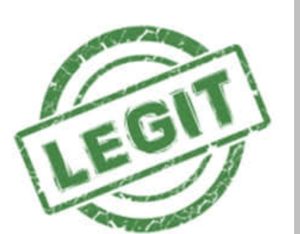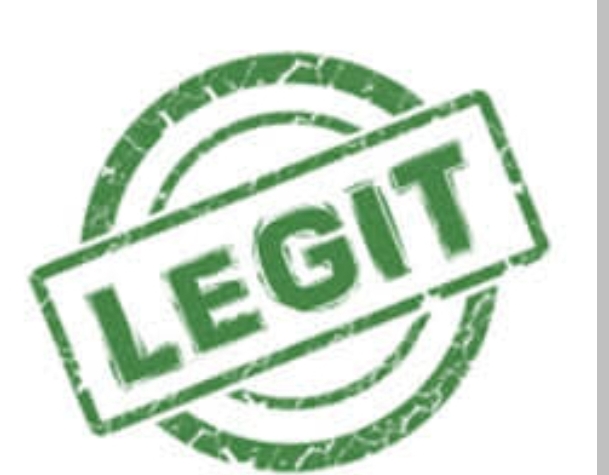How to check if an website is legit? We rely on websites for information, shopping, social interactions, and more.
However, with the proliferation of online scams and fraudulent activities, it is crucial to stay vigilant and ensure the websites we visit are legitimate and trustworthy.

In this content, we will discuss effective methods to check if a website is legit or a Scam, helping you navigate the online world with confidence and security.
Examine the Website’s URL:
URL (the website link) can provide valuable insights into its authenticity.
- Look for the “https” prefix: Legitimate websites employ secure communication protocols and use “https” instead of “http” in their URL. The “s” stands for secure and indicates that the data transmitted between your browser and the website is encrypted.
- Check for a padlock icon: Secure websites often display a padlock icon in the address bar.
Clicking on the padlock will provide additional details about the website’s security certificate.
Avoid entering personal information on websites without a padlock or those flagged with a warning.
- Beware of deceptive URLs: Fraudulent websites may use variations of well-known domain names to deceive users.
For example, “faceboook.com” instead of “facebook.com.” Pay close attention to the spelling and structure of the URL to avoid falling into such traps.
Conduct Background Research:
Performing a quick background check on a website can yield valuable information about its legitimacy. Take the following steps:
- Search for reviews and ratings: Look for reviews or ratings of the website from reputable sources.
User feedback can provide insights into the website’s reliability and customer service.
- Verify contact information: Legitimate websites typically provide valid contact information, including an email address, phone number, and physical address.
Cross-check this information to ensure it aligns with the website’s purpose and location.
- Check for an “About” page: Genuine websites often have a detailed “About” or “Contact Us” page that provides information about the company or organization behind the site.
Lack of such essential information may raise suspicions.
Assess Website Design and Content:
The design and content of a website can reveal signs of legitimacy or fraudulence. Consider the following factors:
- Professional appearance: Trustworthy websites usually invest in a professional design, ensuring a clean and visually appealing layout.
Poorly designed websites with numerous errors or inconsistencies may indicate a lack of professionalism or even malicious intent.
- Grammar and spelling: Legitimate websites strive for high-quality content.
Be wary of excessive grammar or spelling mistakes, as these can be indicative of a fraudulent or poorly maintained website.
- Verify external links: Check if the website contains external links that are relevant and properly functioning.
Broken links or redirects to suspicious websites could signal a potentially harmful or phishing attempt.
Utilize Online Tools and Services:
Fortunately, several online tools and services are available to assist you in verifying the legitimacy of a website. These tools can provide additional information and insights. Here are a few examples:

- Web of Trust (WOT): WOT is a browser extension that offers user ratings and reviews for websites, helping you make informed decisions about their trustworthiness.
- Google Safe Browsing: Google Safe Browsing is a service that identifies potentially dangerous websites and warns users before accessing them.
If a website is flagged by Google, it’s best to steer clear.
- Scamadviser: Scamadviser is an online tool that analyzes websites and provides a trust score based on various factors, including domain age, website popularity, and available contact details.
Also Read:
- Geniex App Review: Is Geniex Legit
- Swagbucks Review 2023: Is swagbucks legit or scam?
- Wozmara Review: Is Wozmara Legit or Scam? Read Users Reviews
Conclusion:
In the vast expanse of the internet, it is crucial to exercise caution and verify the legitimacy of websites before engaging with them.
By following the steps outlined in this guide, you can significantly reduce the risk of falling victim to scams, frauds, or other malicious activities.

